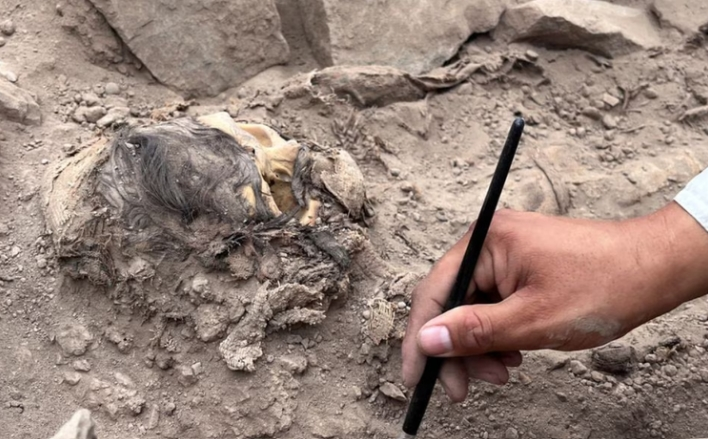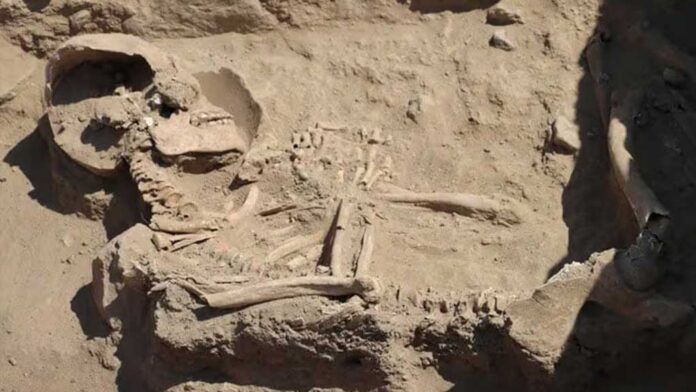Archaeologists in coastal Peru have uncovered the 5,000-year-old remains of a woman believed to have been part of the elite class of the ancient Caral civilization—a discovery that underscores the significant role of women in that society some five millennia ago.
Caral, situated about 180 km (112 miles) north of Lima along the Pacific coast, is recognized as the oldest city in the Americas. It thrived contemporaneously with ancient Egyptian, Chinese, and Sumerian civilizations, though it evolved entirely independently, researchers say.
The tomb was found in Aspero, a sector of the Caral site that had previously served as a municipal landfill.
“This is an important burial because it has elements that correspond to a woman of high status,” archaeologist David Palomino told Reuters on Thursday, noting how the body was carefully wrapped and remarkably preserved, with skin, hair, and nails intact.

The woman, estimated to have died between the ages of 20 and 35, was discovered covered with a mantle of blue and brown feathers—possibly from an Amazonian bird such as a macaw. The tomb was encircled by baskets of offerings, ceramic vessels, gourds, and even a toucan’s beak.
Palomino emphasized the significance of the find, stating it demonstrates that “not only men had an important association in this civilisation, but this was also complementary with that of women.”
While the precise date of the burial remains unknown, the Caral civilization flourished around 3,000 BC.



